Nationality United States Role Professor Name Jennifer Doudna | Doctoral advisor Jack Szostak Spouse Jamie Cate | |
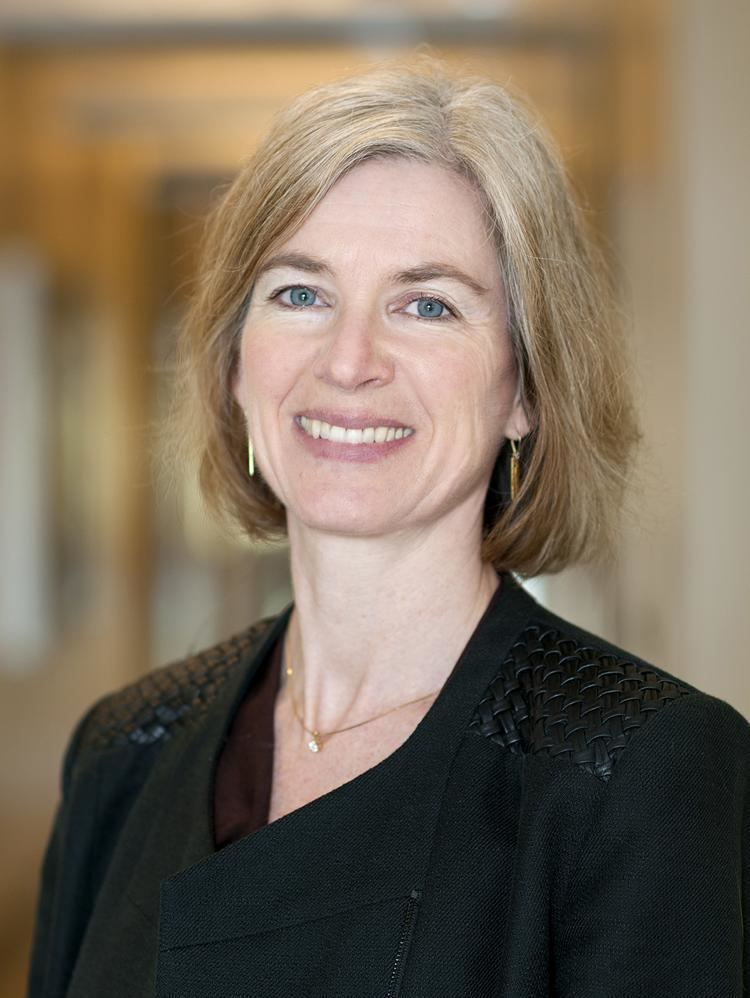 | ||
Born Jennifer Anne Doudna February 19, 1964 (age 61) ( 1964-02-19 ) Institutions University of California, BerkeleyYale University Alma mater Pomona CollegeHarvard University Similar People | ||
Jennifer doudna uc berkeley hhmi genome engineering with crispr cas9
Jennifer Anne Doudna (born 19 February 1964) is a Professor of Chemistry and of Molecular and Cell Biology at the Department of Chemistry and Chemical Engineering of the University of California, Berkeley. She has been an investigator with the Howard Hughes Medical Institute (HHMI) since 1997. She is also the director of the joint UC Berkeley-UC San Francisco center Innovative Genomics Institute and the chair of the Chancellor’s Advisor Committee on Biology at UC Berkeley.
Contents
- Jennifer doudna uc berkeley hhmi genome engineering with crispr cas9
- How crispr lets us edit our dna jennifer doudna
- Education
- Research and career
- Honors and awards
- References

Doudna has been a leading figure in what is often referred to as the "CRISPR Revolution" for her early fundamental work and ongoing leadership in the development of CRISPR-mediated genome editing. In their seminal 2012 paper A programmable dual-RNA-guided DNA endonuclease in adaptive bacterial immunity, Doudna and Emmanuelle Charpentier were the first to propose that CRISPR/Cas9 could be used for programmable gene editing, an idea that has since been further developed by many research groups for applications ranging from fundamental protein research to treatments for diseases including sickle cell anemia, cystic fibrosis, Huntington's disease, and HIV.
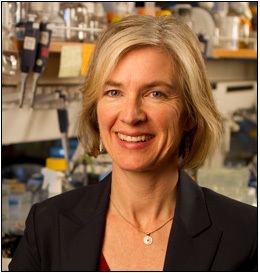
Doudna has been widely acclaimed by the scientific community for her fundamental contributions to the field of biochemistry, receiving many prestigious awards and fellowships. She has also been recognized outside the scientific community, being named one of the Time 100 most influential people in 2015 (with Charpentier) and listed as a runner-up for Time Person of the Year in 2016 alongside other CRISPR researchers.
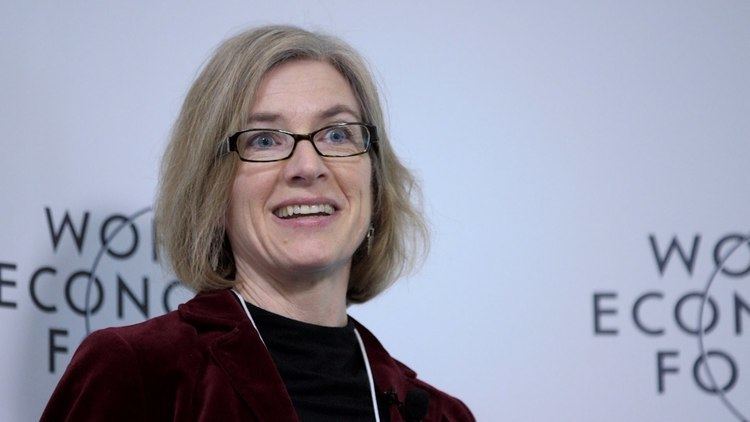
How crispr lets us edit our dna jennifer doudna
Education
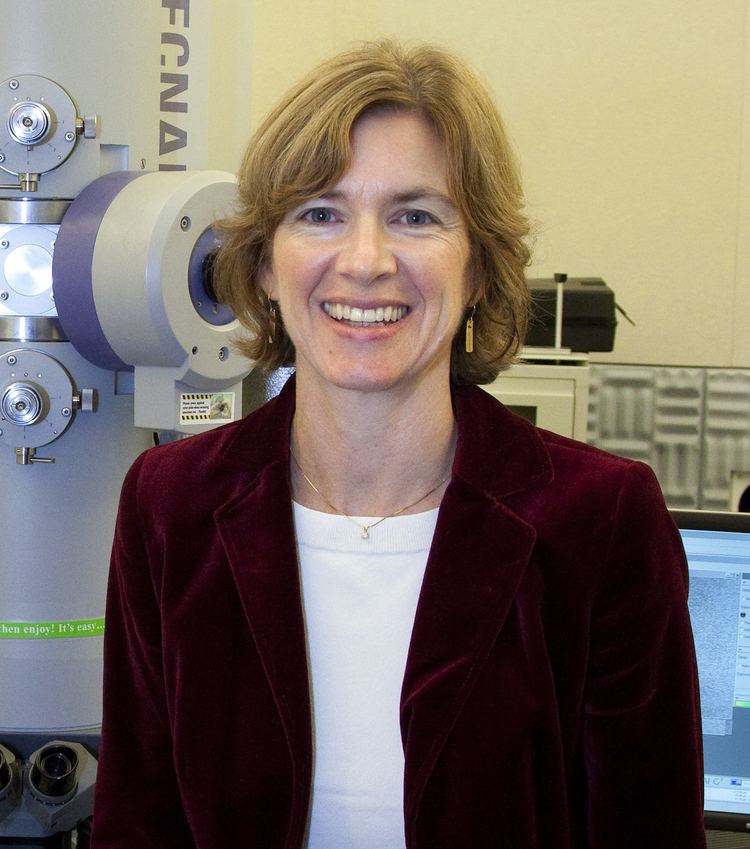
Doudna earned her Bachelor of Arts degree in Chemistry from Pomona College in 1985, and her Ph.D. in Biochemistry from Harvard University on ribozymes for research supervised by Jack W. Szostak. She did her postdoctoral research work with Thomas Cech at the University of Colorado, Boulder.
Research and career
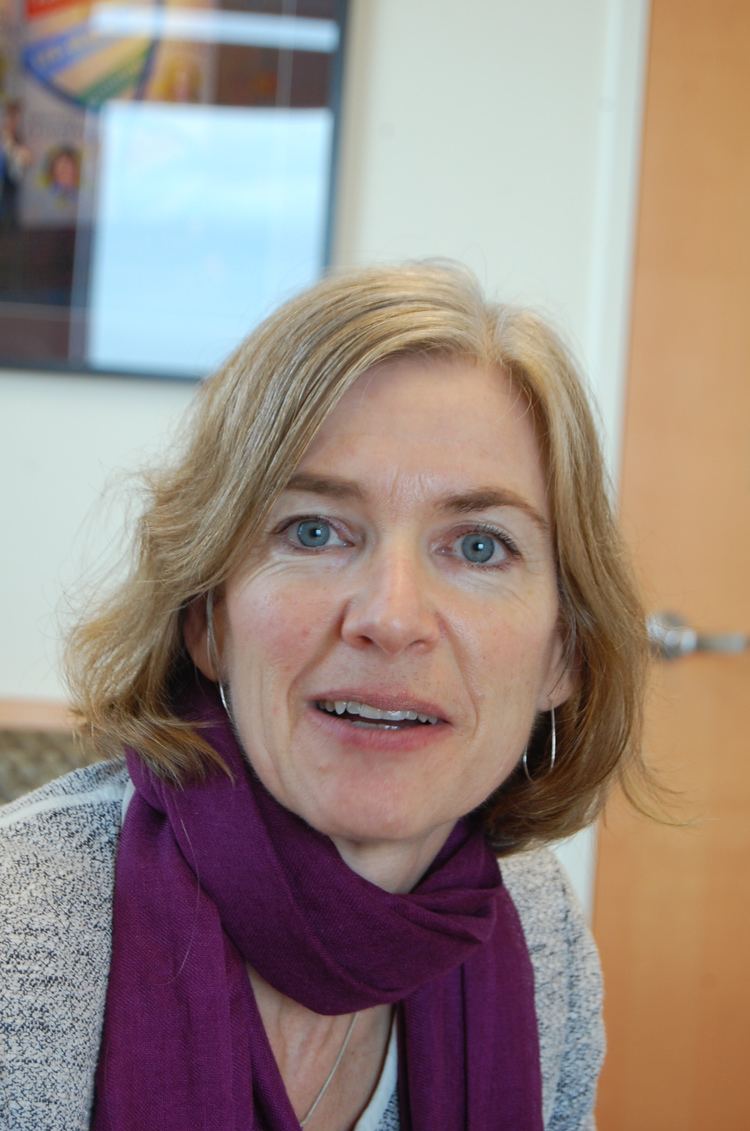
While in the Szostak lab, Doudna reengineered the self-splicing Group I catalytic intron into a true catalytic ribozyme that would copy RNA templates. Recognizing the limitations of not being able to see the molecular mechanisms of the ribozymes, she started work to crystallize and solve the three-dimensional structure of the Tetrahymena Group I ribozyme in 1991 in the Cech Lab and continued while she started her professorship at Yale University in 1994. While the group was able to grow high-quality crystals, they struggled with the phase problem due to unspecific binding of the metal ions. One of her early graduate students and later her husband, Jamie Cate decided to soak the crystals in osmium hexamine to imitate magnesium. Using this strategy, they were able to solve the structure, the second solved folded RNA structure since tRNA. The magnesium ions would cluster at the center of the ribozyme and would serve as a core for RNA folding similar to that of a hydrophobic core of a protein.
Doudna was promoted to the position of Henry Ford II Professor of Molecular Biophysics and Biochemistry at Yale in 2000. In 2002, she accepted a faculty position at University of California, Berkeley as a Professor of Biochemistry and Molecular Biology so that she would be closer to family and the synchrotron at Lawrence Berkeley National Laboratory. This initial work to solve large RNA structures led to further structural studies on the HDV ribozyme, the IRES, and protein-RNA complexes like the Signal recognition particle. Her lab now focuses on obtaining a mechanistic understanding of biological processes involving RNA. This work is divided over three major areas, the CRISPR system, RNA interference, and translational control via MicroRNAs.
In 2012, Doudna and her colleagues generated a new discovery that would reduce the time and work needed to edit genomic DNA. Their discovery relies on a protein named Cas9 found in the Streptococcus bacteria "CRISPR" immune system that works like scissors. The protein attacks its prey, the DNA of viruses, and slices it up. In 2015, Doudna gave a TED Talk about the bioethics of using CRISPR.
Honors and awards
Doudna was a Searle Scholar and received a 1996 Beckman Young Investigators Award. She was elected to the National Academy of Sciences in 2002 and to the Institute of Medicine in 2010.
